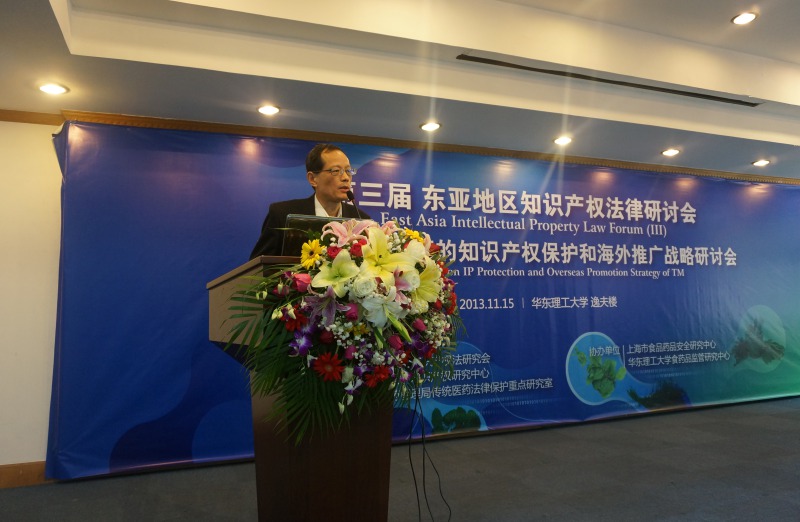The tomato’s lost salt tolerance gene was recovered
The decrease of salt-tolerance in tomato fruit selection was caused by the increase of sodium-potassium ratio in the root system. A taming mutation site in SlHAK20, a gene encoding sodium-potassium transporter associated with the ratio of sodium-potassium in the root system, mediated the decrease of salt-tolerance in cultivated tomatoes.
The increase of population puts forward higher requirements for efficient utilization of agricultural resources. According to statistics, the saline-alkali land area of the world is as high as 956 million hectares. Tomato is one of the main vegetables, originated in the South American andes, where wild gooseberry tomatoes can grow under high salt stress. During domestication and breeding, however, humans focused more on fruit size and lost the salt tolerance genes of wild tomatoes.
The team measured the contents of sodium and potassium in the root and ground parts of 369 tomato materials. They found that the content of sodium and potassium in the root increased in proportion to the fruit weight of currant tomato, cherry tomato and cultivated tomato, indicating that the salt tolerance of tomatoes decreased in the process of domestication. Through genome-wide association analysis, they found an ion transporter gene, SlHAK20.SlHAK20 has the activity of sodium ion transport. Genomic analysis showed that this gene was subjected to strong domestication selection, and the deletion of a 6-base group in the gene coding region resulted in a significant reduction in the salt tolerance of cultivated tomatoes.
It was also found that the knockout of two homologous genes OsHAK4 and OsHAK17 of SlHAK20 in rice resulted in the sensitivity of rice to salt stress, which indicated that the function of SlHAK20 homologous genes in response to salt stress in monocotyledons and dicotyledons was conserved. The next step of breeding is to break the linkage between small fruit gene and salt tolerance gene.
Source: http://news.sciencenet.cn
Time: 2020.03.17
next:The Chinese academy of thermal sciences released the detailed genome map of mango


